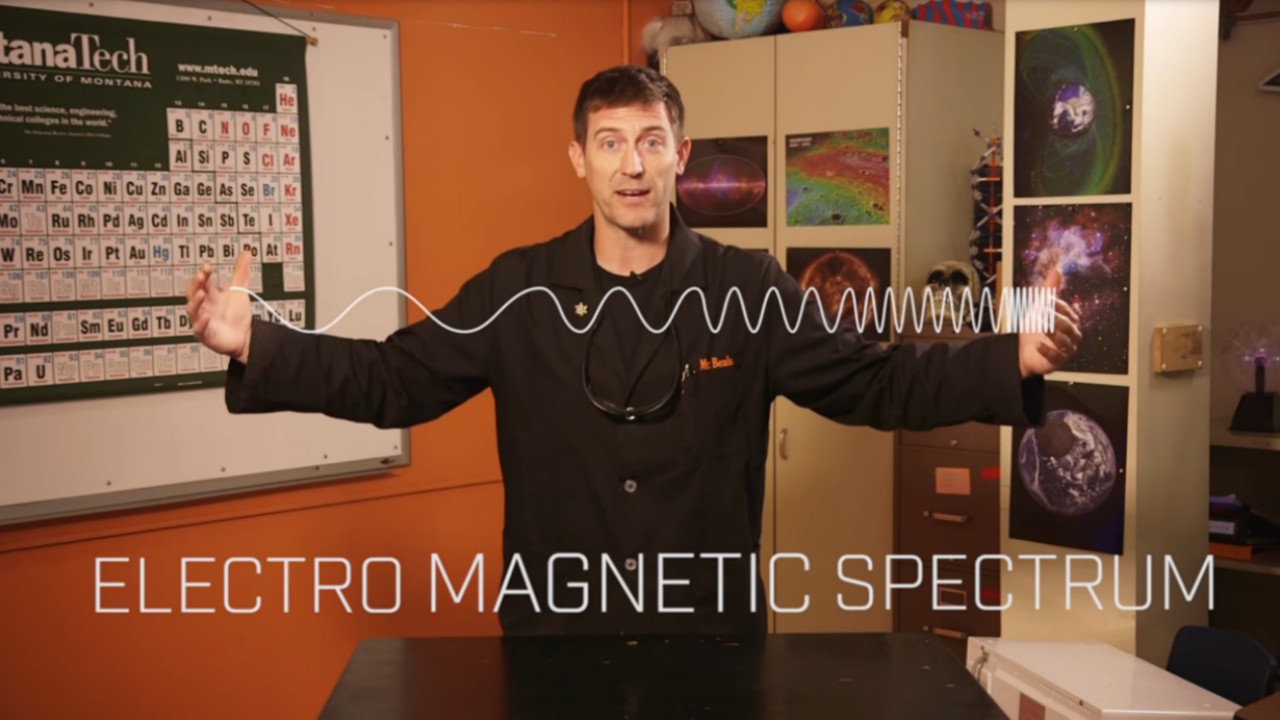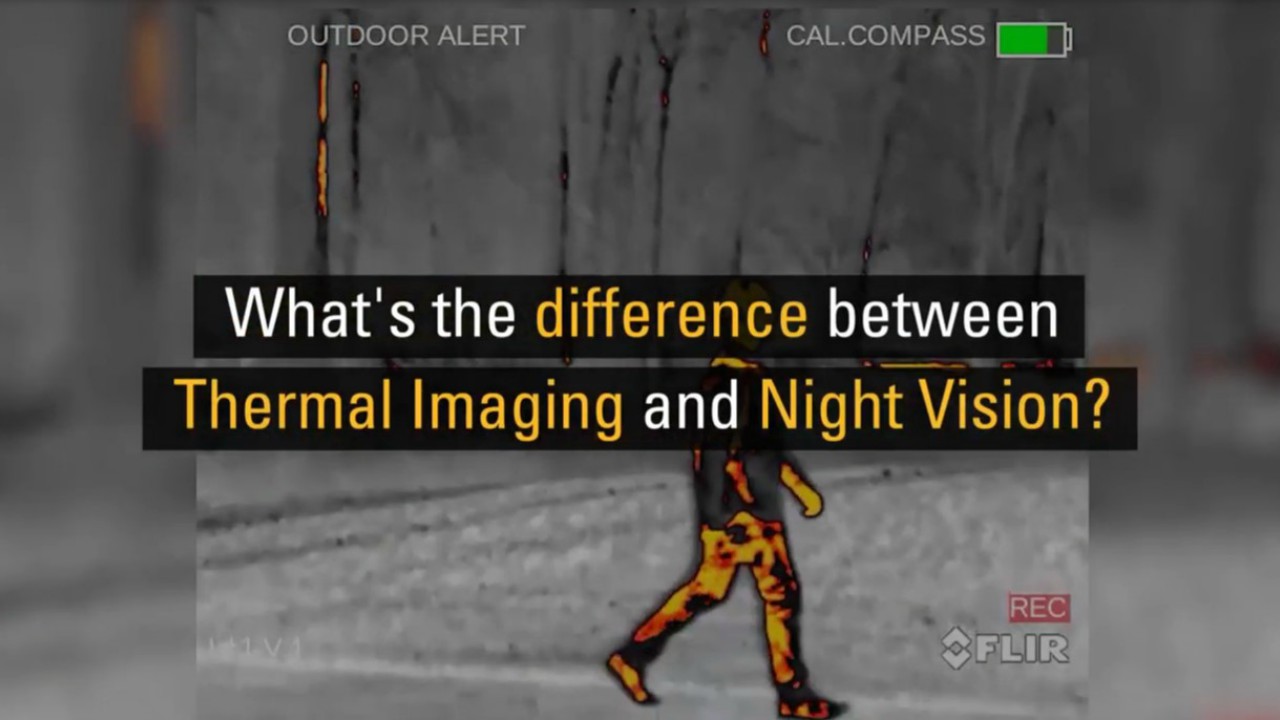12 Things You Should Know Before Buying a Thermal Camera
There's more to thermal cameras than meets the eye. Download this free guidebook to avoid costly pitfalls.

Download the free guide to learn more.
Learn important details like:
- Common temperature ranges
- Basic functions of an infrared camera
- Functionality/price tradeoffs
- Thermal image augmentation
- Temperature measurement accuracy
- File formats and data output
- Companion tools for electrical load/moisture levels
- Weight, size, and ergonomic features
- Visible light image enhancement
- Reporting software
- Warranty programs
- Technical support and training
Buying a thermal camera isn't like buying a point-and-shoot or even a DSLR camera. Different thermal cameras are specifically designed for different jobs. It's essential you get a camera with the right functionality.
So whether you're a plumber, home inspector, electrician, researcher, DIY enthusiast, drone pilot, outdoorsman, mehcanic, or maintenance technician, this guide is the perfect place to start to make sure you get exactly what you need out of your thermal camera purchase.
Is there a difference between infrared, IR, thermography, and thermal imaging?
There are a lot of different terms thrown around when talking about infrared technology. You may have heard people refer to thermal cameras, infrared imagers, IR sensors, thermographic cameras, infrared thermometers, heat cameras, or temperature guns. So, what’s the difference?
For the most part, all those terms describe the same technology.
Thermographic cameras contain a sensor that translates infrared (IR) radiation generated by heat into a visual image showing the temperature variation of a surface. The resulting heat map can be extremely accurate and record the surface temperature of an object on a pixel-by-pixel basis without the need to make contact.
The sensor in these devices is called an IR sensor, infrared sensor, or thermal sensor. The entire device is called a thermal camera, thermal imager, thermographic camera, IR camera, infrared camera, heat camera, or thermal imager. For the most part, all those terms can be used interchangeably. The exception is “thermographic imaging camera” (or TIC) which refers specifically to the thermal cameras used by first responders like police and firefighters.
Infrared thermometer, laser thermometer, and temperature gun all refer to a different type of device that measure the surface temperature of a single point. The output is usually just temperature of that spot, but some infrared thermometers also include a camera that provides a visual heatmap. The lasers on laser thermometers are there simply to help you visualize exactly which spot you’re measuring temperature for.
What is the electromagnetic spectrum?
The electromagnetic spectrum is the entire range of wavelengths that photons (the particles that make up all electromagnetic radiation including visible light) can travel at. The lower the frequency of those photon waves (meaning how close the highest points of wavelengths, called crests, are to each other), the lower the power of the wave. The higher the frequency, the more powerful the wave is.
At the low end, there are radio waves which can have distances of thousands of meters to as short as 30cm between wave crests. And at the high end are gamma rays which have wavelengths the size of a hydrogen atom nucleus and the power to penetrate solids like stone and concrete.
The differences between the various wavelengths are vast, but they often come from the same source. For example, the nuclear fusion that happens in the core of the sun produces gamma rays. Some of those gamma rays make it through the outer layers of the sun losing power along the way and heading toward the earth where they reach us as ultraviolet rays (which give us sunburns), visible light (which allows us to see), and infrared rays (which we feel as heat).
Here at FLIR, we deal mostly with the infrared portion of the spectrum, but it’s important to understand infrared’s spectrum neighbors to get a clearer picture of how infrared cameras work and what exactly they measure.

What's the difference between thermal imaging and night vision?
Thermal imaging and night vision sometimes get mixed up. The reason for this is because thermal imaging can work in complete darkness and will effectively give you “night vision” under certain conditions. But thermal imagers and night vision devices use fundamentally different technology and do very different things.
Night vision devices (like night vision goggles) take tiny amounts of visible light and amplify it. In other words, night vision is just taking the type of light your eye can see and turning up the volume. In order to do that, however, there actually needs to be at least a small amount of visible light (from moonlight, starlight, or dim artificial light). In a totally dark environment, night vision devices are completely useless. There’s no light for them to amplify.
Night vision fails if there’s too much light as well, and the device can be overwhelmed in inconsistent lighting and ruing twilight hours when there is too much light for them to work effectively but not enough light for you to see with the naked eye.
Thermal imaging, on the other hand, works within the infrared section of the electromagnetic spectrum. Thermal cameras detect thermal radiation (which is invisible to the naked eye) and then display the different energy levels detected using various colors or shades of black and white.
Since the infrared portion of the spectrum is generated by heat, thermal imagers essentially give you heat vision. And because thermal cameras don’t work with visible light, they work just as well in complete darkness as they do in daylight.
Where thermal cameras fall short compared to night vision devices is their inability to differentiate between objects with the same surface temperature. For example, there may be a snake on the path in front of you, but because snakes are cold-blooded and don’t generate body heat, its surface temperature may match its surroundings so that it looks like the path is completely clear.

What are thermal cameras used for?
Plumbing
- Detecting pipe blockages
- Identifying hot water and cold water pipes
- Finding leaks in walls, ceilings, and concrete
- Finding hidden pipes and drains
Electrical
- Identifying over-loaded circuits, wiring, and transformers
- Finding hot or loose connections
- Detecting multi-phase imbalances
- Finding electrical insulation defects
- Visualizing load distribution
Home & Building
- Conducting energy efficiency testing
- Detecting missing or defective in-wall insulation
- Locating thermal bridges
- Monitoring the drying of building materials
- Detecting supply line faults
- Finding sources of air leaks
- Conducting moisture intrusion scans
HVAC
- Finding duct and joint air leaks
- Detecting freon leaks
- Locating condenser coil blockages
- Checking coil temperatures
- Visualizing air flow and hot/cold spots
- Testing under-floor heating systems
Search & Rescue
- Finding victims in smoke, fog, and haze
- Identifying heat signatures in darkness
- Detecting victims in water
- Searching large areas from a drone or aircraft
- Spotting victims through underbrush
Firefighting
- Detecting hot spots in structural fires
- Identifying potential flareup locations
- Finding fire victims through smoke
- Measuring fire temperatures
- Maintaining line of sight with personnel
- Identifying potential HAZMAT risks
Hunting
- Tracking game in low-light conditions
- Estimating freshness of scat and bedding areas
- Identifying animals from a distance
- Detecting threats from predators
Automotive Safety
- Detecting pedestrians in low-light conditions
- Augmenting autonomous driving systems
- Improving driving visibility
Agriculture
- Scheduling irrigation
- Estimating crop water stress
Maritime Navigation
- Detecting hazards like jetties, rocks, and debris
- Confirming the positions of navigation aids and landmarks
- Spotting small watercraft like kayaks and personal boats
- Detecting potentially hazardous sea ice
Gas Detection
- Detecting gas pipeline leaks
- Monitoring for potential breaking points
Automotive Inspection
- Identifying electrical issues
- Locating areas of high friction
- Finding engine oil leaks
- Detecting sources of excessive overheating
Ready for the next level?
If you've read this far, you already learned a ton about infrared technology and how it works, but that's just the start. Now that you're on some solid footing, it's time to take it to the next level.
Download 12 Things You Need to Know Before Buying a Thermal Camera now and put yourself on the right track to finding the perfect thermal camera for whatever job you need to do.


